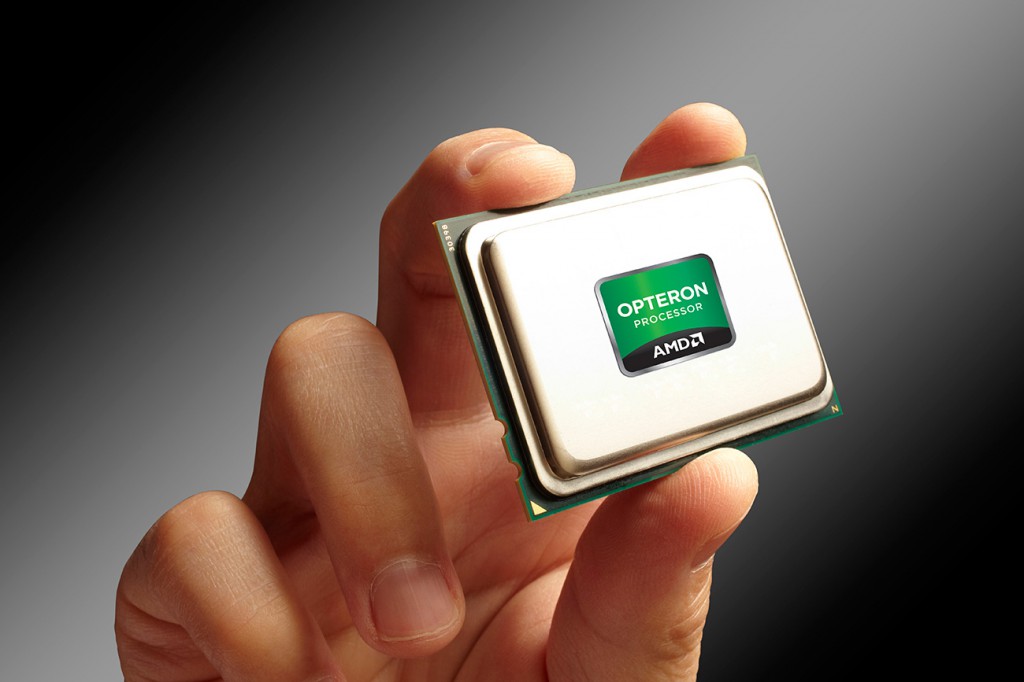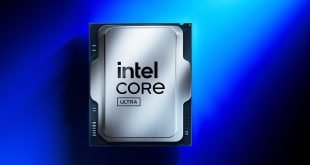Advanced Micro Devices will continue to use multi-chip-module design for its upcoming AMD Opteron processors. This should greatly help the company to reduce its development and manufacturing costs, but may affect performance of its central processing units for servers.
The forthcoming AMD Opteron processors with up to 32 cores based on the “Zen” micro-architecture will consist of up to four eight-core dies known as “Summit Ridge”, reports Fudzilla. Each “Summit Ridge” chip has a dual-channel DDR4 memory controller, therefore, the new Opteron chips will feature an eight-channel memory sub-system. Nowadays AMD uses two eight-core and six-core dies in order to make 16-core and 12-core Opteron processors, respectively. Other developers of server chips, such as IBM, also use MCM approach to build high-end server processors.
Design of an advanced microprocessor that will be made using a FinFET process technology costs north from $150 million without the cost of photomasks needed for production. It makes a great sense for AMD to use “Summit Ridge” dies for desktops and workstations for its upcoming Opteron chips for servers. However, topology of the new AMD Opteron processors and dual-socket platforms will get very complex because of the multi-die MCM implementation.
Each “Zen” core in the new AMD Opteron systems will have to maintain cache coherency with other cores no matter where they are physically located. As a result, AMD will have to introduce an ultra-high-bandwidth interconnect technology for its upcoming chips that will be fast enough to maintain cache coherency and provide unified memory access to all processing cores.
AMD’s next-generation Opteron processors will feature a land grid array (LGA) packaging as well as up to 140W thermal design power.
AMD did not comment on the news-story.
Discuss on our Facebook page, HERE.
KitGuru Says: While it is logical for AMD to build its server chips using desktop-class dies, not everything looks that simple. At least on paper, the topology of AMD’s next-generation dual-socket server platform resembles that of an octa-socket platform based on the company’s HyperTransport technology from 2002-2003. That platform has never made it to the market, even though HyperTranport technology itself is still used (it was renamed to Direct Connect architecture at some point). Perhaps, Jim Keller, the lead architect behind AMD K8 (x86-64) and HyperTransport, decided to give a successor of coherent HyperTransport another try in an ultra-complex platform architecture? Everything is possible at this point, but it remains to be seen how high performance of such platform will be.
 KitGuru KitGuru.net – Tech News | Hardware News | Hardware Reviews | IOS | Mobile | Gaming | Graphics Cards
KitGuru KitGuru.net – Tech News | Hardware News | Hardware Reviews | IOS | Mobile | Gaming | Graphics Cards



omg, they really need something good right now, it’s their last chance…:(
“…Perhaps, Jim Keller, the lead architect behind AMD K8 (x86-64) and HyperTransport, decided to give a successor of coherent HyperTransport another try ”
I would suspect that “another try” is slightly understating the design intent.
♡♡♡♡I RECEIVED FIRST DRAFT OF $13000!@ak29:
,,,,,
➨➨➨➨http://MediaMacTech.com/Service/Easyway….
THAT’S IT I’m moving to AMD
< col Hiiiiiii Friends….'my friend's mom makes $88 every hour on the internet . She has been unemployed for eight months but last month her payment was $13904 just working on the internet for a few hours.
try this site HERE’S MORE DETAIL
????????gy
KitGuru, have you slept through Magny-Cours and later? HT-Assist ring a bell?
HT never made it to market? Hello? DCI is HT? What?